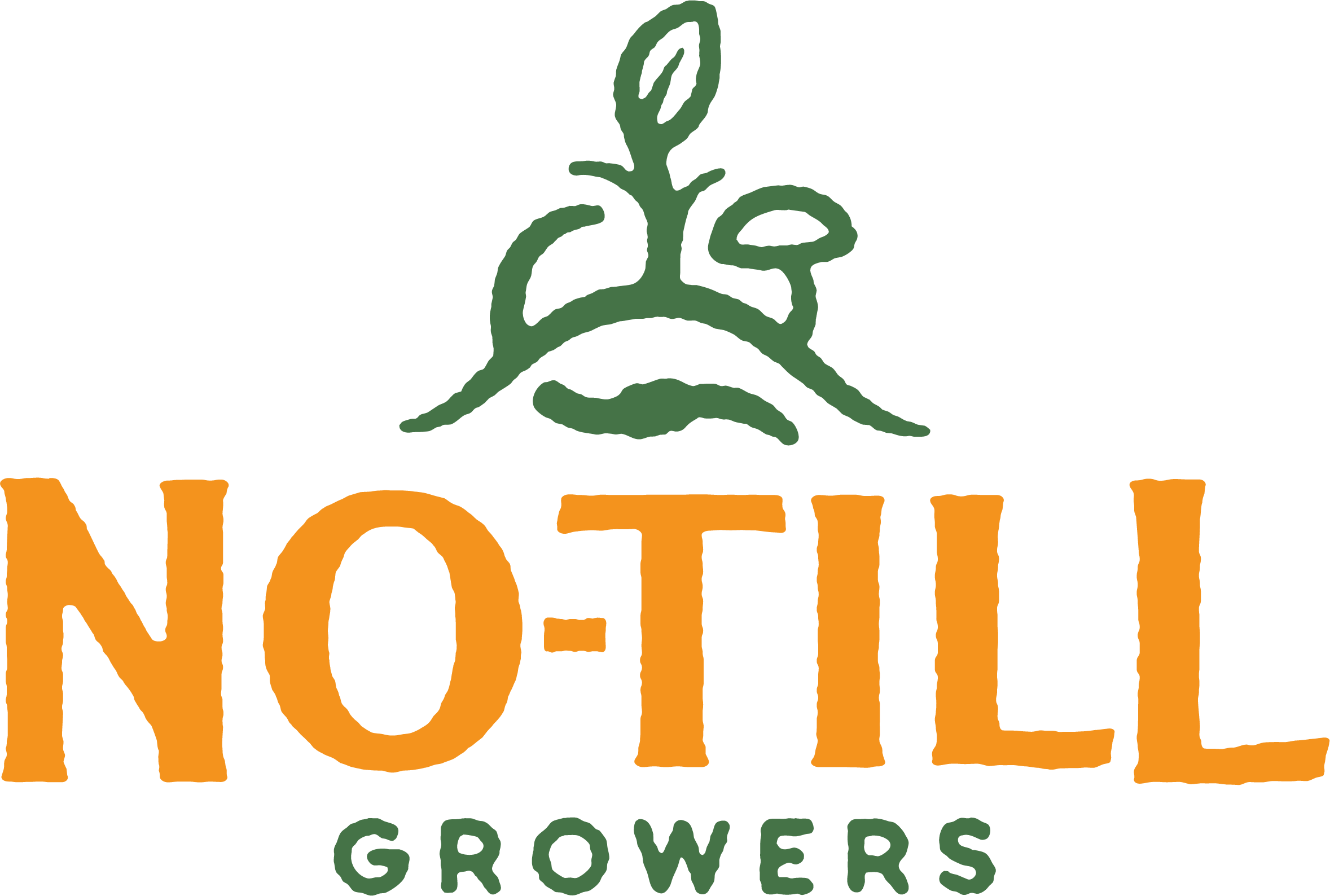No-Till Intensive Vegetable Culture by Bryan O’Hara: A Review
When discussing no-till market gardening, few names come up more than Bryan O’Hara’s. He’s been a leader on the no-till front for a decade or more and—through various articles in publications like Growing for Market and the talks he has given—Bryan has offered many tantalizing glimpses into his growing systems.
With his new book, No-Till Intensive Vegetable Culture: Pesticide-Free Methods for Restoring Soil and Growing Nutrient-Rich, High-Yielding Crops (Chelsea Green, Feb 2020), we get a lot more than a glimpse. In one of the more comprehensive works on the subject of no-till market gardening to date, Bryan has given us a bonafide manual to the systems he uses at Tobacco Road Farm.
In our typical review format, here’s the Good, the Bad, and the Dirty of Bryan’s new book.
The Good
This book is so rich with insight that enjoying it is hardly predicated on whether you care about no-till farming or not. It is simply a brilliant farming book. In fact, the areas where I think it excels most have little to do with not tilling.
The first is in nutrient management. I don’t know that I have seen a book go into such exquisite detail as Bryan does on soil fertility and nutrient management. And where books do, they easily lose the reader. However, Bryan is succinct, yet thorough, in this area and I came away with much better understanding of how, for instance, Molybdenum works or Cation Exchange Capacity or just plain ol’ Nitrogen.
The other area of this book that truly sets it apart is the section on “Producing Vegetables Year-Round”. Not only is this chapter packed with technical details, but Bryan also provides a better understanding of how healthy soils create sweeter, more frost-resistant crops in the winter. I am currently planning our Fall garden for 2020, and this chapter had me embarrassingly excited about it.
That isn’t to say the no-till stuff isn’t ample or profound. Quite the opposite. Anyone who knows Bryan’s work, or heard him on the podcast last year, knows that he has a unique growing system even among us no/low-till farmers and this book really gives some excellent insight on his system specifically and no-till principles in general. From starting a garden to turning over beds, the subject is certainly well-covered.
The Bad
Biodynamics have had a great influence on Bryan and some influence on this book. There is some biodynamic jargon that may lose the uninitiated—talk of forces and energy and polarities. As someone who has a lot of affection for biodynamic agriculture (a practice that first inspired me to be a farmer), I didn’t mind. In fact, I found it refreshing, albeit precisely because it is not language that is embraced or utilized much these days by the younger generation of farmers. For that reason, I fear it could turn some readers off, though I hope the biodynamic skeptics will give it a chance, because there’s plenty of reason to. How he weaves those concepts into practical no-till farming really is brilliant.
Biodynamics aside, I would have preferred a bit more on KNF (Korean Natural Farming). And by a bit, I mean a lot. Don’t get me wrong, there is a chapter dedicated to IMO collection, and he does a few things differently than I’d seen before, so I learned something new there. But the chapter is only 7 pages long. Entire books could be written (or podcasts recorded) on the subject. I would have liked to have read more about specific applications as, honestly, this is one of the few books about vegetable growing that have really taken on KNF at all.
The Dirty
I admit, it is hard for me to be objective about a farmer who I admire as much as Bryan and I’m okay with that. It is challenging to be critical of a book that I think is this important. Ultimately, the book is going to help a lot of growers, but in a lot of different areas that are not exclusively no-till. From nutrient management and IMO collection to winter growing and marketing, this book is everything I had hoped for and more in ways I hadn’t even anticipated.
It’s on presale here, and I hope you’ll snag a copy.
